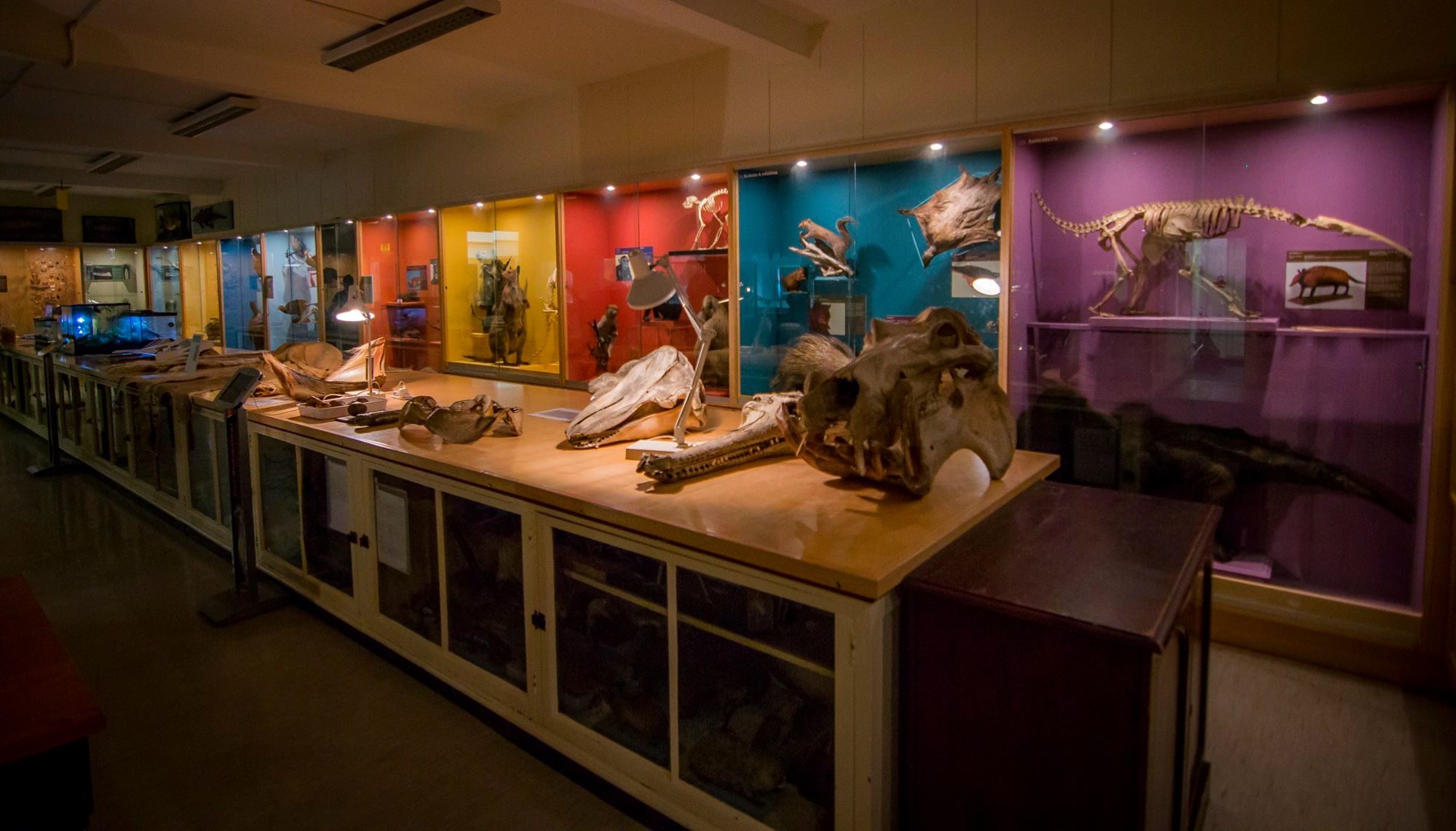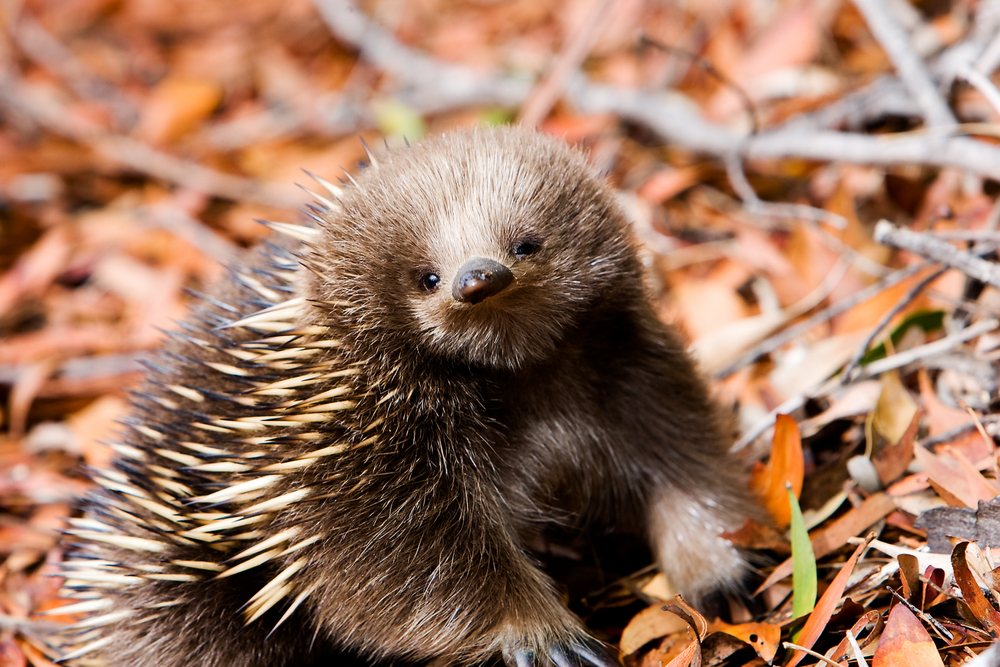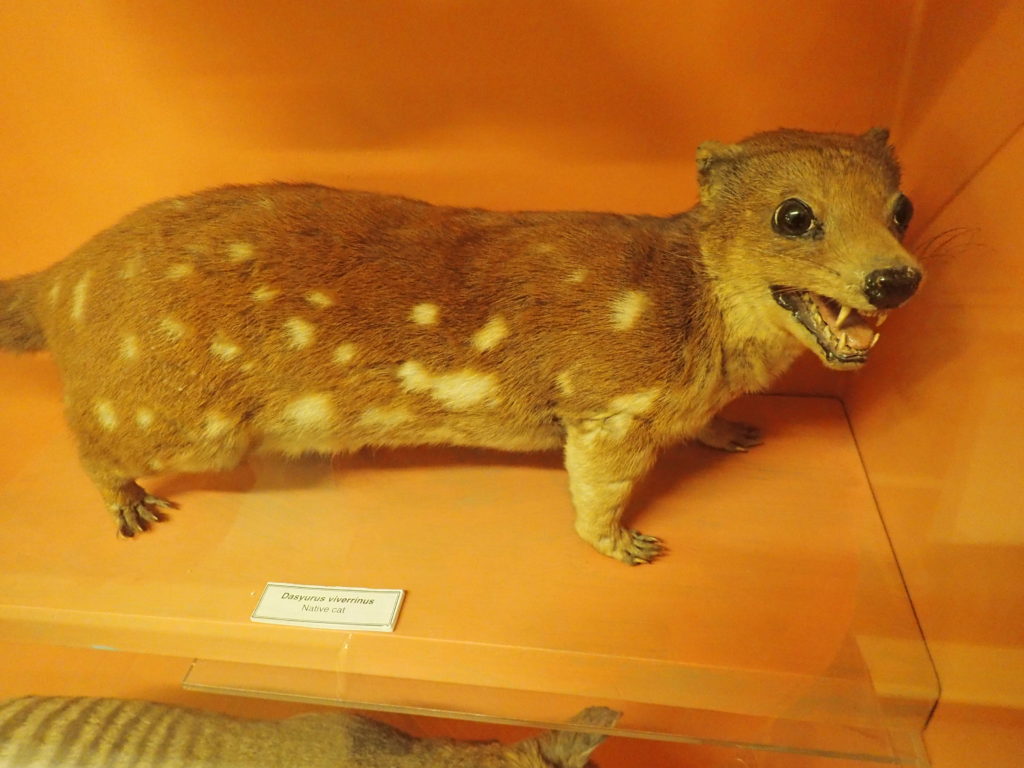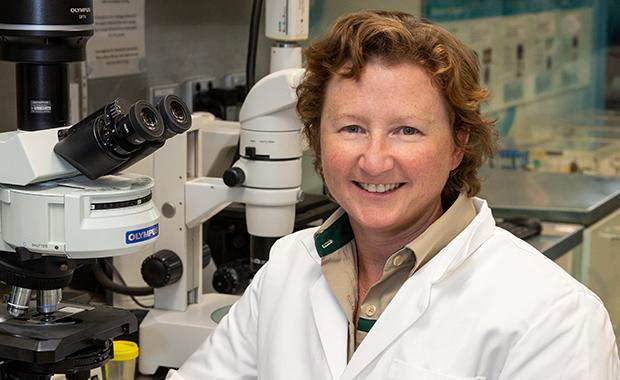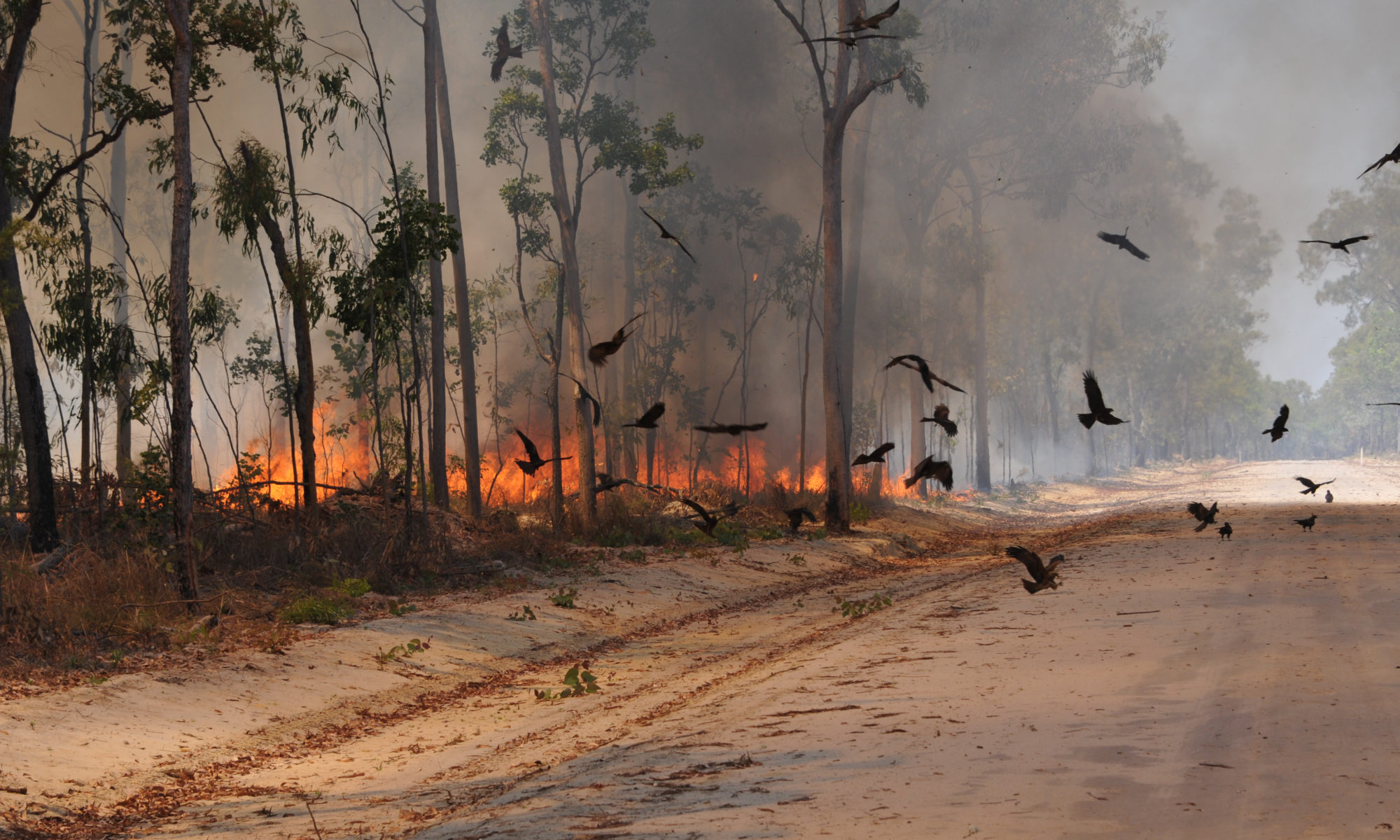Natural history museum collections are invaluable snapshots of history. Research collections are snapshots of the animals and plants collected in history. Research collections are also a reflection of the people and attitudes at the time it was curated. There is a well-represented collection of native Australian animals in the Zoology Museum at Trinity College Dublin. Well-represented in many sense of the word. This is a story about the red land down under, Australia, and the collection of Australian animals held in overseas museums around the world. It is a story in parts. This is the third and final part.
Australian expats
The pride of the Zoology Museum is Ireland’s last Great Auk (Pinguinus impennis). As the Great Auk exemplifies, all you need to have a lecture room named after you is to be extinct. But this isn’t a story about extinct Irish birds.

There is a bird in the Museum labelled as a night parrot (Strigops habroptilus). As I’ve described in a previous story, the vernacular name for this specimen is kakapo (literally night parrot in Maori), an endemic New Zealand bird. Kakapos are great. They deserve a blog post to themselves, but this isn’t a story about New Zealand birds.
Continue reading “Home and Away: Australian expats”
